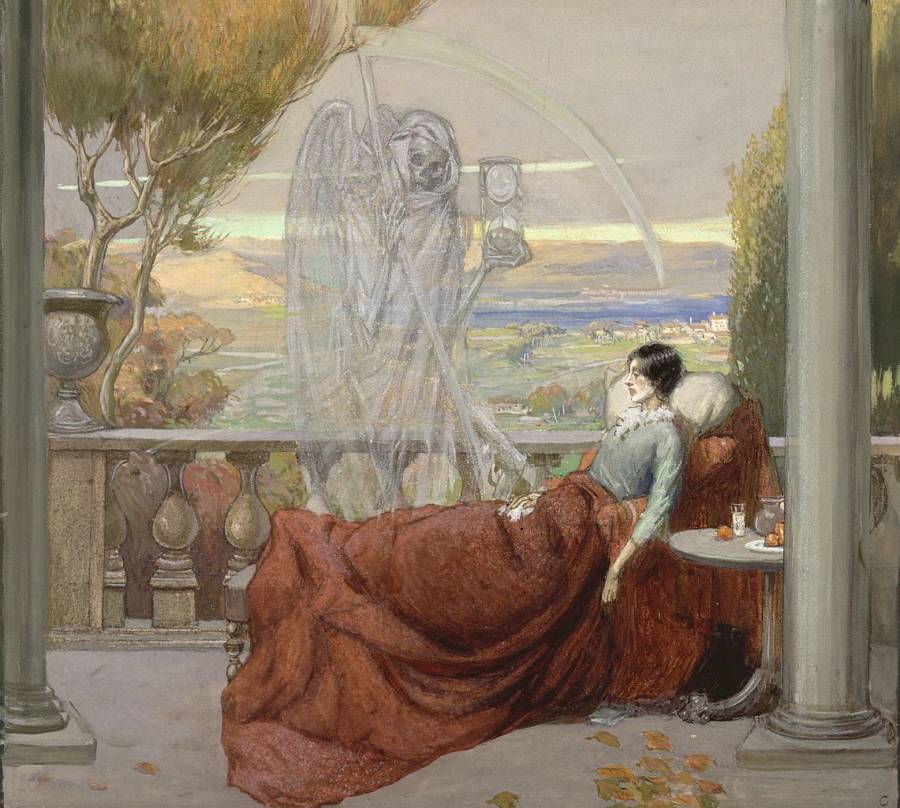Tuberculosis

Wikimedia Commons
Although the introduction of germ theory provided much-needed insights into the dreaded respiratory disease known as tuberculosis, for the earlier part of the 19th century and before, experts called the disease “consumption.”
Consumption, experts said, came largely due to “sorrowful passions,” a saddened mental and emotional state they attributed to the rapid changes taking place in the world at the time.
So it was that rapid urbanization and industrialization bore the brunt of the disease’s explanation. Experts said that crowding streets and heightened pollution levels subjected people to respiratory infection (later found to be caused by Tubercle bacillus), one which literally “consumed” them because of how powerful and ubiquitous urban filth was.
Elsewhere, pervading theories from French physicians claimed that diseases like tuberculosis were of a person’s essence; the disease just came with the territory.
However, physicians also admitted that the increasingly unsavory elements of urban life wouldn’t exactly improve anyone’s health and at the very least could contribute to someone’s descent into consumption.
It is true that city life may have made people more vulnerable to tuberculosis — but only in the sense that it exposed them to more bacteria, not because a morally depraved society left them breathless with discontent.
Soon, germ theory, which got its foothold in modern medicine during the late 19th century, managed to better explain the transmission of conditions like tuberculosis, and combined with increased hygiene and sanitation practices, led to its decline and The advent of penicillin practically eradicated it in the following century.





